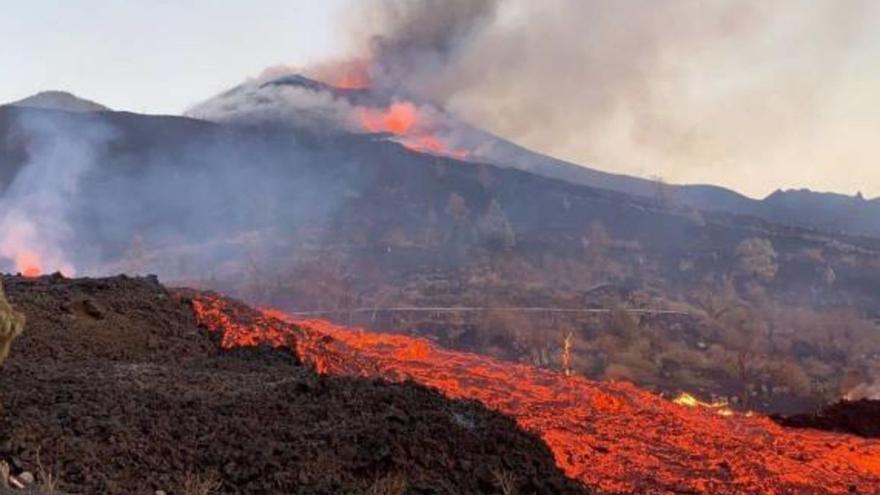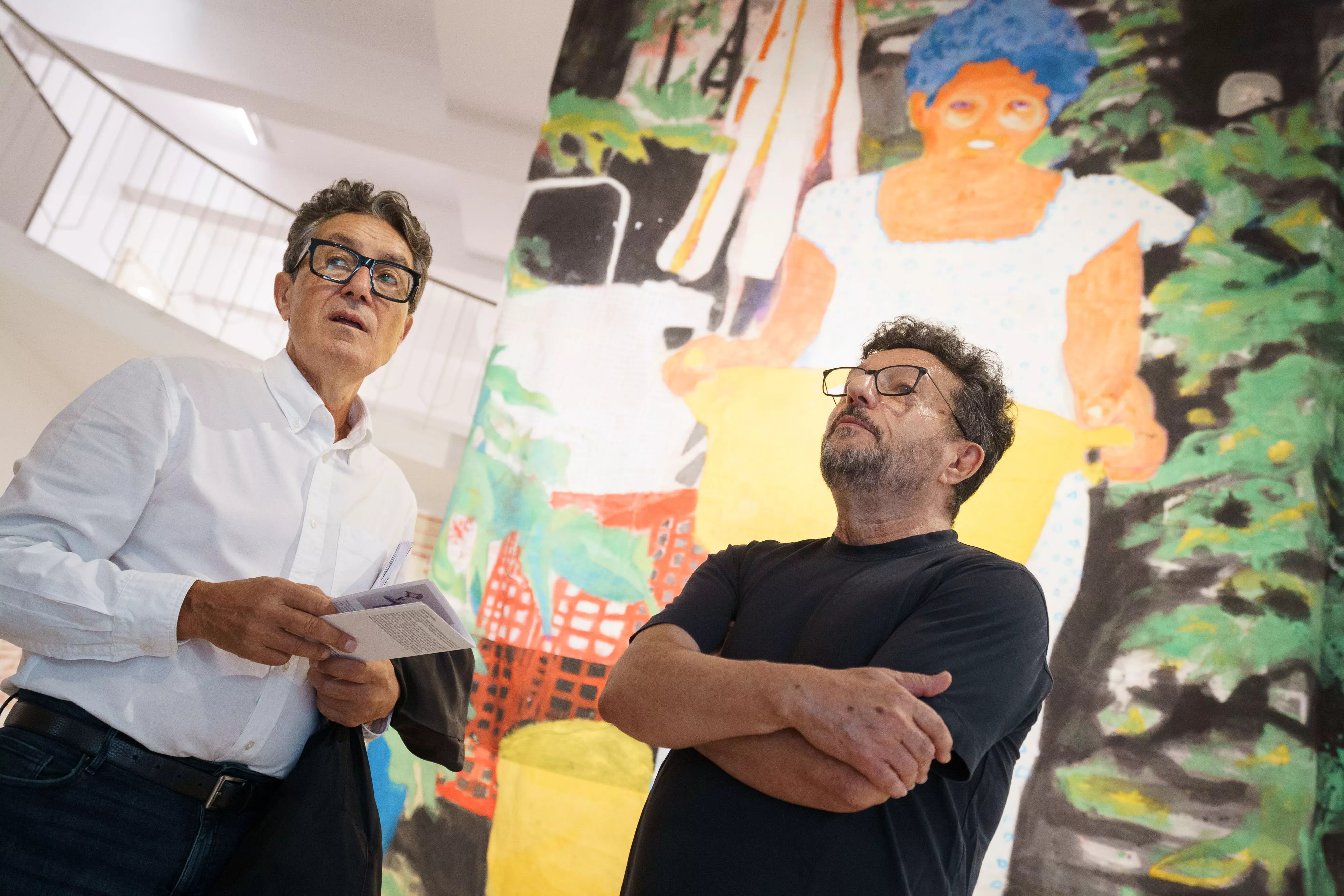
The Insular Center for Tourist Initiatives ‘La Palma’ (CIT) expressed its “discontent” on Monday due to the persistent excessive restrictions on access to areas near the volcanic cone, the fajana and its depths, and others on the lava streams of the Tajogaite volcano, which limits the development of active leisure tourism activities.
According to the island’s tourist association, which recently met with the Director General of Territorial Planning of the Government of the Canary Islands, Onán Cruz, “it is clearly inconsistent and damaging to the sector and its recovery to maintain exaggerated limitations that affect tourist activity and the use as a landscape resource and leisure linked to the volcanic nature of Tajogaite, while allowing the organization of up to three diving contests by the scientific community.”
The president of CIT, Óscar León, detailed that for several months now, he has been requesting a meeting with representatives of the scientific community represented in the La Palma Volcanic Emergencies Plan (Peinpal), “a request that is being ignored despite the urgent need to understand firsthand the constraints that prevent visits and the carrying out of active leisure activities in certain areas of influence of the volcano, where hiking companies, as well as diving and boat companies are still unable to offer leisure activities to appreciate the new fajana.”
Even though “there are numerous entrepreneurs in contact with technicians, surveyors, scientists, and municipalities, who convey their impression to us on the viability in the development of these activities,” he comments.
In this regard, the tourist association is clear that “it is necessary to seek alternatives for the development of key tourist activity in the sector’s recovery process, especially when despite two years and nine months since the eruption, one of the premises after the volcanic catastrophe and its devastating effects on the island’s economy is forgotten, achieving sustainable use through visits and activities linked to the new volcanic area, which, almost three years later, is not happening.”
The sector has expressed these concerns in a recent meeting held at the ‘Museum of the Pure Palmero’ in Breña Alta with the Director General of Territorial Planning, attended by the island’s councillors for the Environment and Tourism, Susa Armas and Raquel Rebollo, respectively, as well as the island’s Tourism Director, Beatriz Páez, and the Councillor for Tourism, Beaches, and European Funds of the Breña Alta City Council, Matteo Zamboni.
Protection plan still in the drafting phase
The conclusions after the meeting, stated the president of ‘Insular La Palma CIT’, are “discouraging” upon learning that the areas where access will be possible to respect the environment and understand the limitations adapted to tourist activity will not be known until more than a year, as the protection plan for the area is still being drafted until December of this year, “which will then be followed by a long and complex process of allegations until its final approval.”
León also explains that “this is an essential document and greater diligence seems necessary in its preparation, especially since the development of tourist activity in a territory facing a summer with poor connectivity is dependent on it, where low hotel and non-hotel occupancy is expected, affecting sectors like commerce and primary industries.”
These circumstances, according to CIT, require hastening the access of active leisure companies to the volcano cone, installing an information point on the path to the area, providing services, and removing remnants of fencing that give an image of neglect unsuitable for an area of high landscape value.















